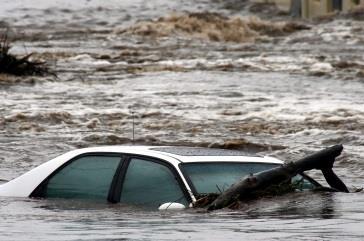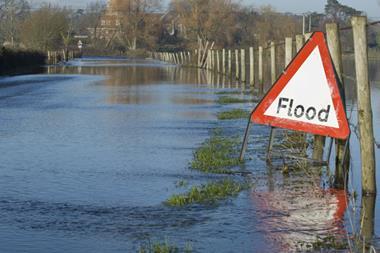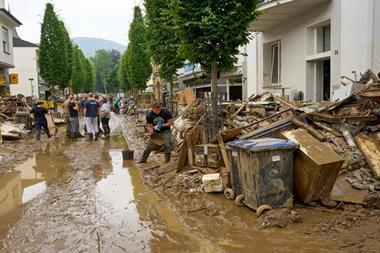There are renewed calls for a state-backed natural catastrophe scheme or introduction of compulsory flood cover
Last week’s flood disaster in North Rhine-Westphalia and Rhineland-Palatinate, triggered by low-pressure area “Bernd,” has caused losses in the billions, according to initial preliminary estimates by the German insurance association, the Gesamtverband der Deutschen Versicherungswirtschaft e.V. (GDV).
“We currently expect insured losses of 4 to 5 billion euros,” said Jörg Asmussen, chief executive of GDV. “The damage is likely to be even higher than that of the August flood in 2002 of 4.65 billion euros. Low ‘Bernd’ is thus one of the most devastating storms in recent history.”
The damage in Saxony and Bavaria is not yet included in this initial estimate. The destroyed infrastructure is making communication and on-site inspection of the damage difficult.
“Overall, this year with storms, flooding, heavy rain and hail is likely to be the most damaging year since 2002,” Asmussen said.
German insurers are well-positioned to absorb the heightened weather-related losses, despite potential record natural catastrophe claims in 2021, according to rating agency AM Best.
It notes that the record weather-related losses in Germany in 2021 come after previous years of relatively benign claims experience. At this stage, insurance loss estimates caused by Bernd will be driven by how much longer the severe weather conditions continue to cause damage.
Even before Bernd, two weeks of heavy rain and hail in June caused record levels of insured losses, estimated GDV, to be as high as €1.7 billion.
These events are expected to reignite debate in Germany about the creation of a state-backed natural catastrophe scheme versus making elemental insurance cover compulsory.
According to the GDV, more than 90% of residential building insurance policyholders are insured against hail and windstorm, but only 46% have comprehensive cover against elemental perils. This indicates a sizable protection gap where flood risk is concerned.
Torrential rain and flood insurance penetration has increased over the past decade from only 19% in 2012. A number of factors have supported this development, including public information and awareness campaigns.
Unlike many other European countries, Germany does not have a catastrophe pool in place and flood risk is excluded from standard industrial, commercial and homeowner policies.
While flood cover may be added as an extension (bundled with earthquake, subsidence, landslide, snow pressure and avalanche cover), insurers can be reluctant to accept risks, mainly due to a lack of widespread reinsurance cover.




















No comments yet